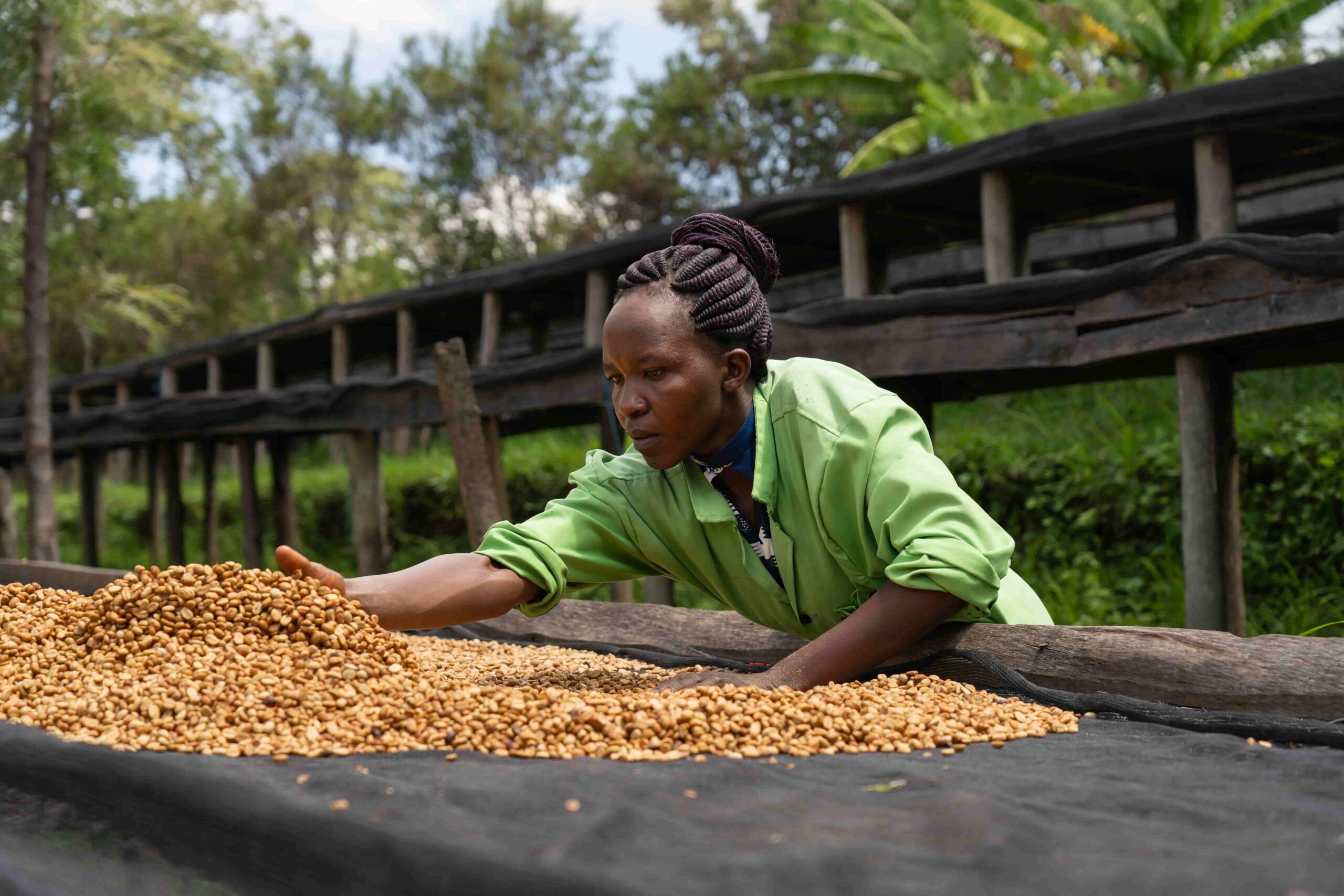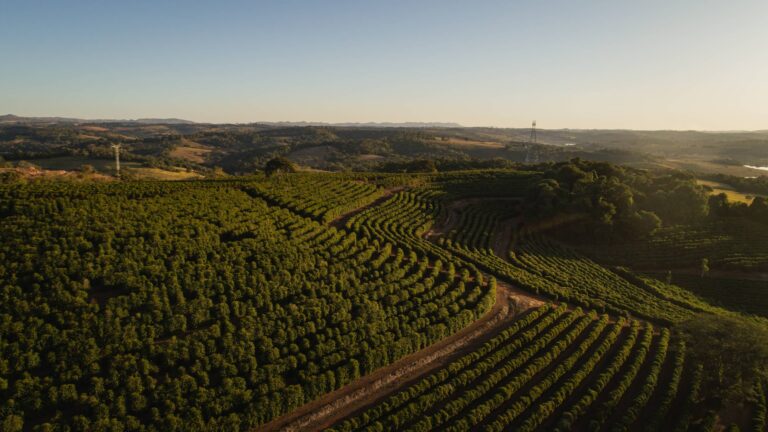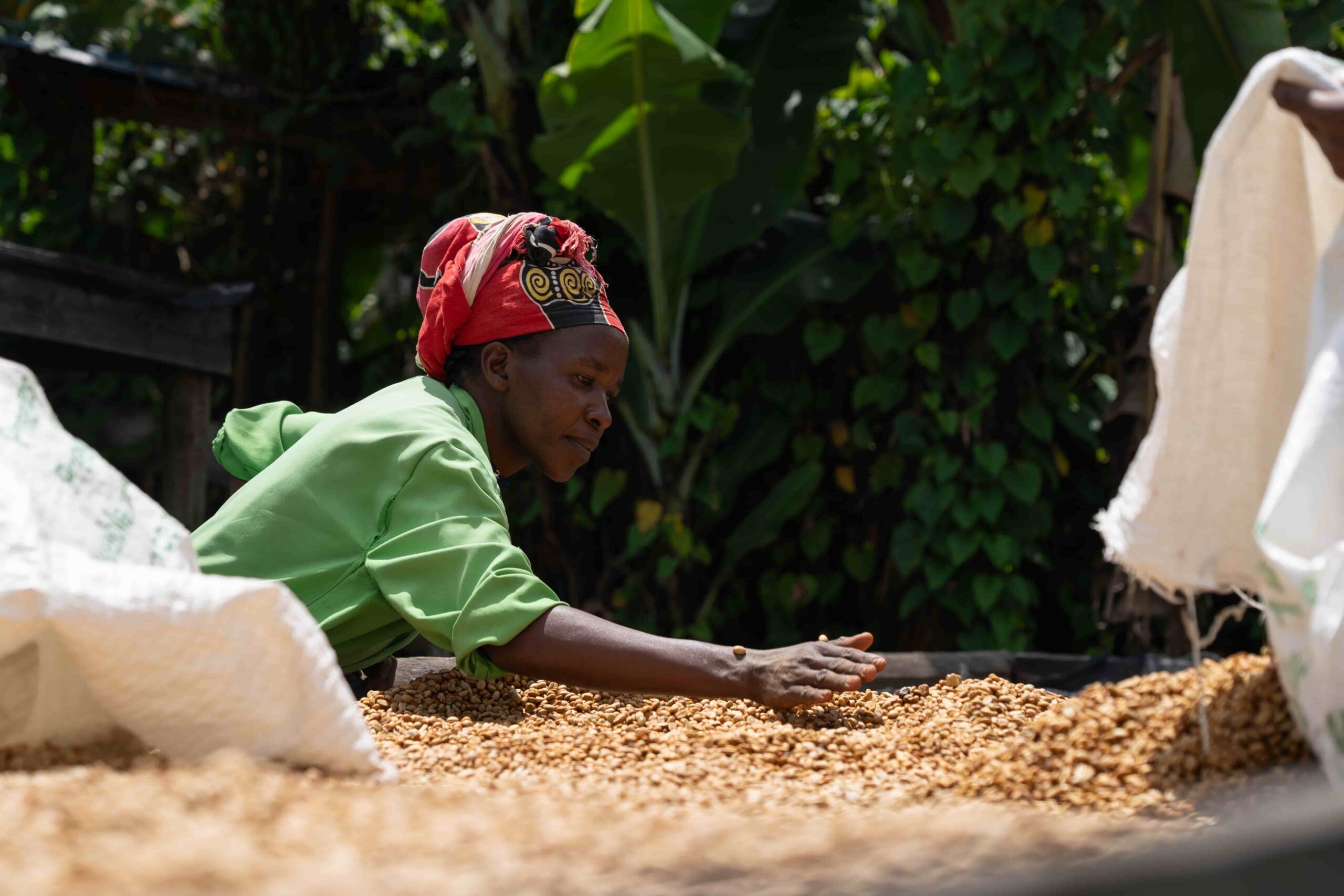Traditional Process
What are they?
They have been used for decades and are passed down from generation to generation. The main task of the producer is to obtain the usual final product, minimizing the risks and resources used. Its structure is conditioned by a combination of climatic factors and special characteristics of the area. The result is a coffee developed through creativity, experimentation and knowledge.
Techniques
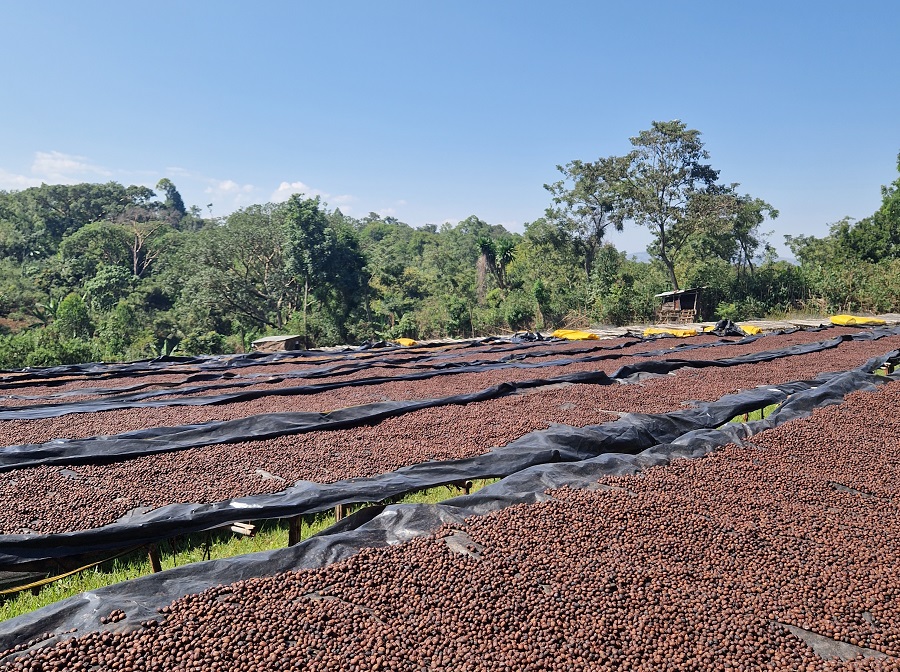
Natural
The fruit is harvested and then dried, at this point the cherry can be washed to gain cleanliness in the cup. Drying can be done on any surface such as a patio, canopy, African beds or in industrial dryers, for example ‘Guardiola’. This process requires a lot of attention as the cherries must be moved frequently during the first days, avoiding breaking the cherries and achieving a more uniform drying of the cherry. The result is a coffee that presents a greater amount of sugars on the surface, which generally makes the sweetness and body more noticeable. It is usually applied by producers located at low and medium altitudes, in high plateau areas, where climatic and geographical conditions allow for faster drying.
Mechanical Washed
The coffee bean is pulped and the remaining pulp is completely removed mechanically from the bean, using a pulping machine. This process saves time and water, eliminating the risks associated with fermentation. . The result is a stable and uncomplicated coffee in most cases, with medium acidity and medium body. It is usually applied by large and medium-sized producers of washed coffee.
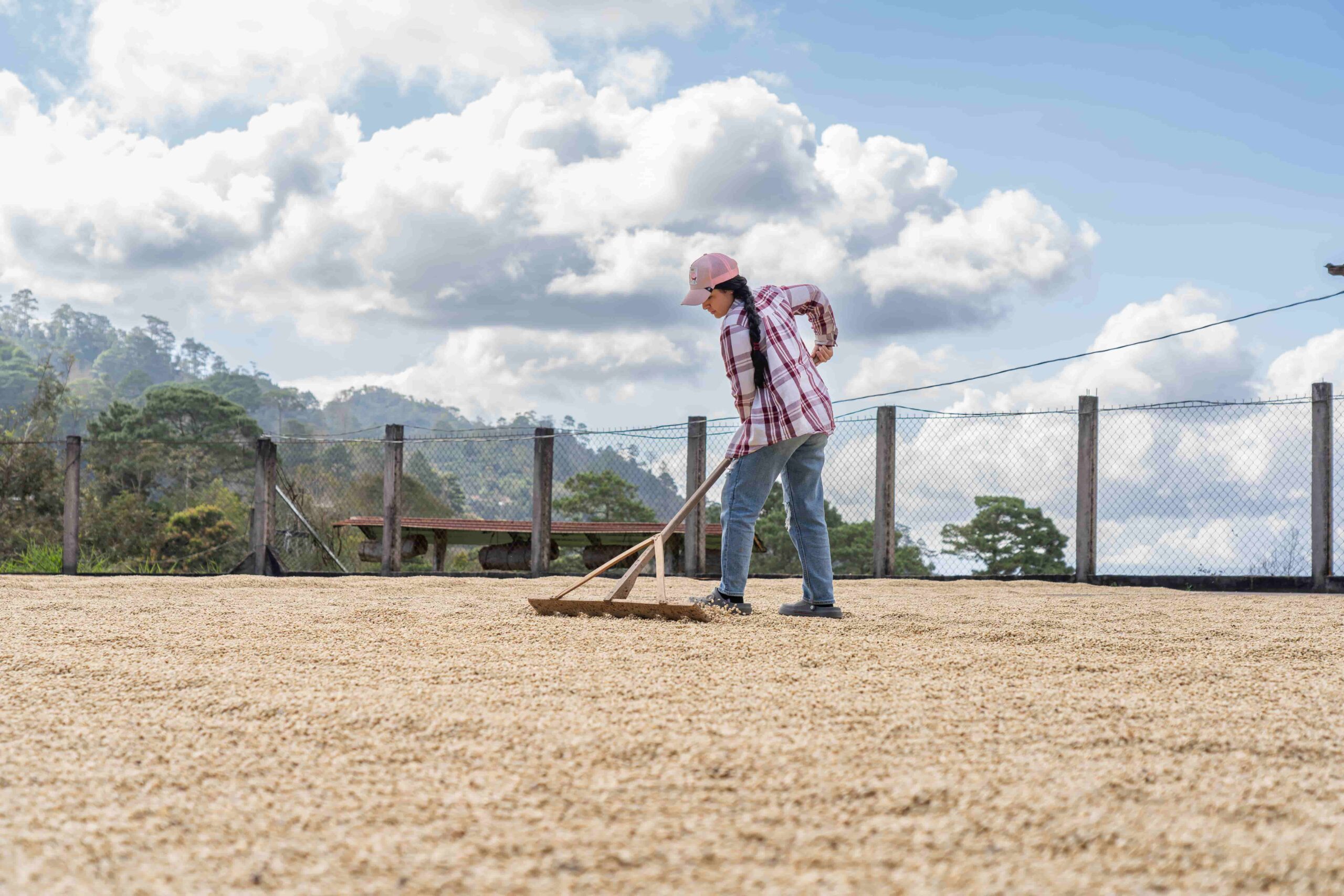
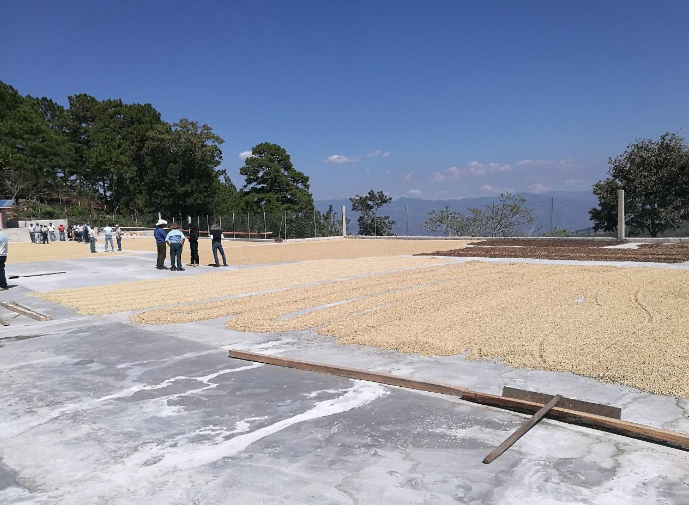
Fermented Washed
This method starts with pulping and gives way to the fermentation process that aims to remove the mucilage from the parchment. Fermentation adds complexity to the process and to the result in the cup, but requires more control. This is the processing method most commonly used by small producers.
Wet Hullet
This method is used especially in Indonesia. Due to the extremely high humidity in some regions of Indonesia, it is traditional to remove the parchment from the still wet grain and then continue drying the open threshed grain to export moisture level. Very often, coffee processed in this way has an intense bluish-green color.
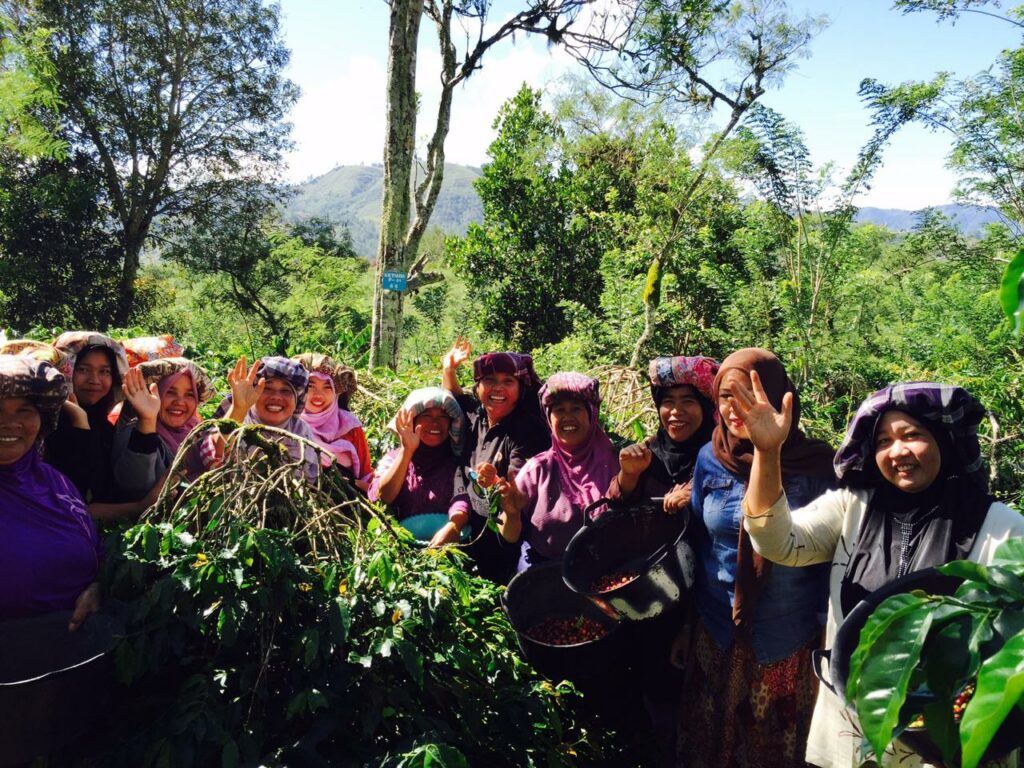
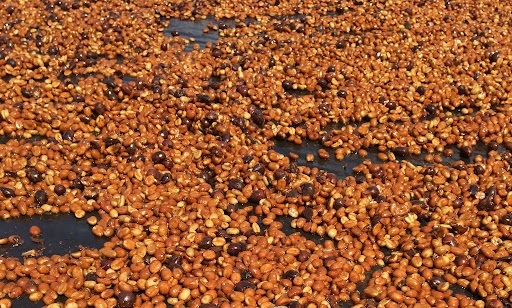
Honey
After the husk has been removed, the parchment beans with the remains of the coffee pulp are sent to dry, and in parallel to the loss of moisture, organic matter ferments on the surface of the parchment. Due to this characteristic, coffee tends to have a greater sweetness and intensity of acidity. The amount of sugars on the surface and the environmental conditions can make the fermentation more or less intense, which will determine both the appearance of the grain and its flavor.
